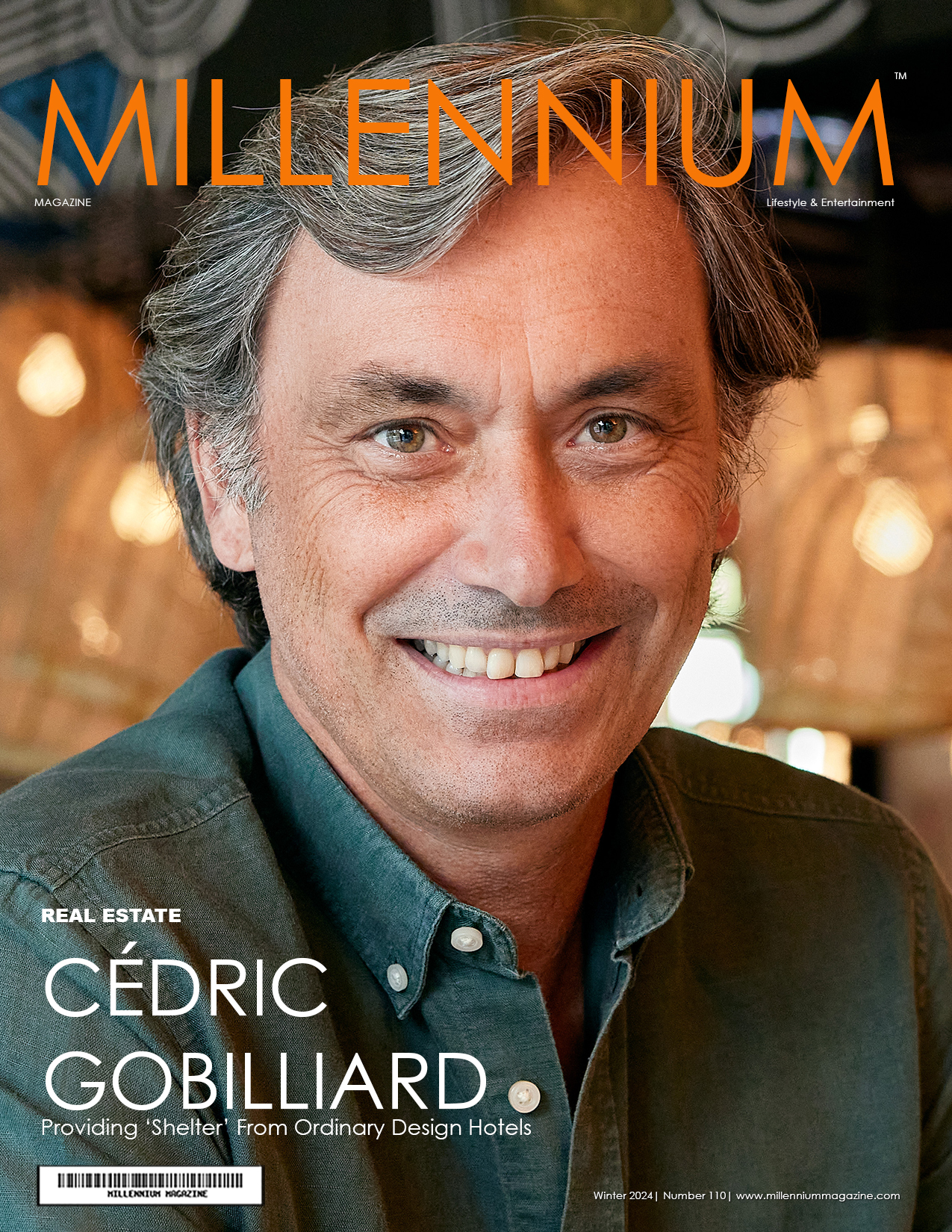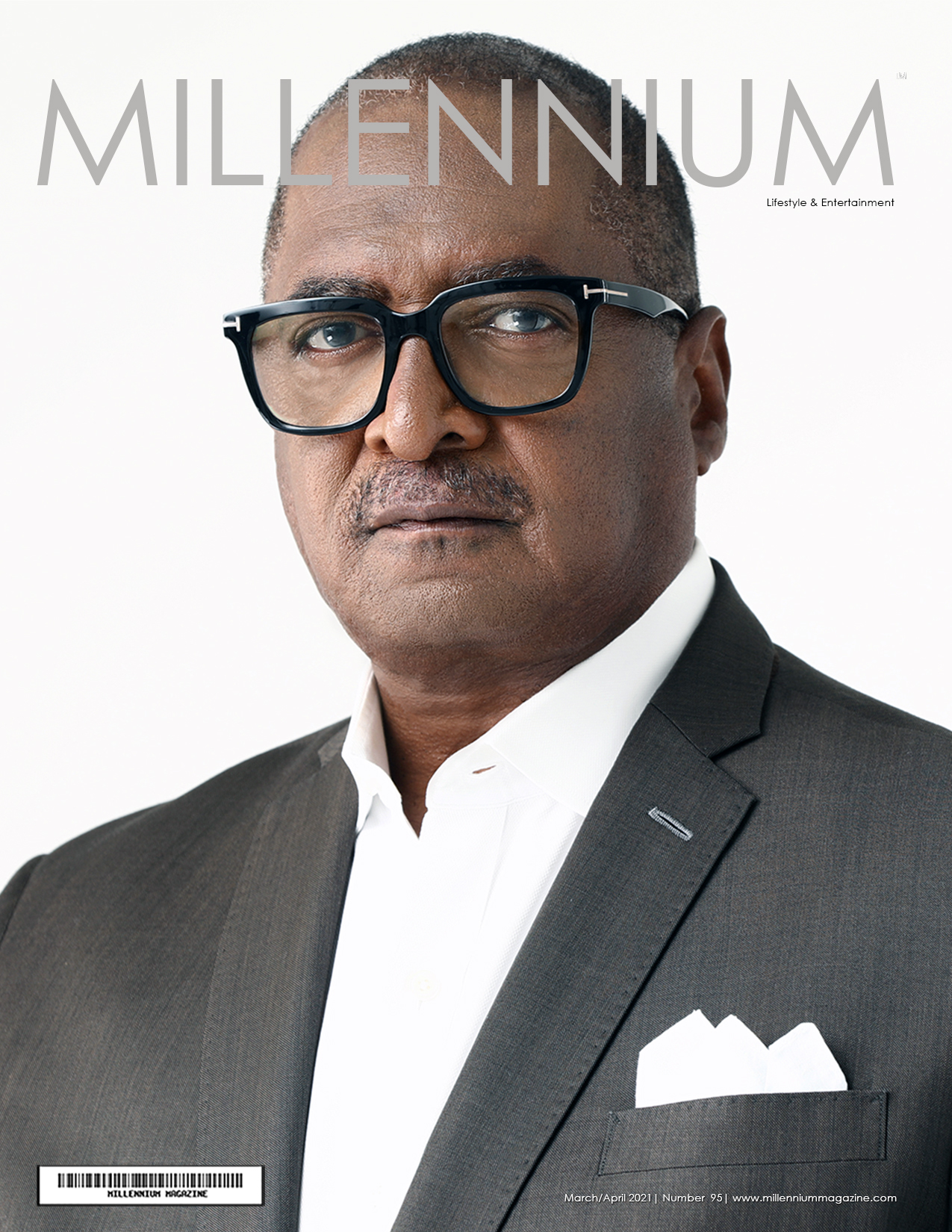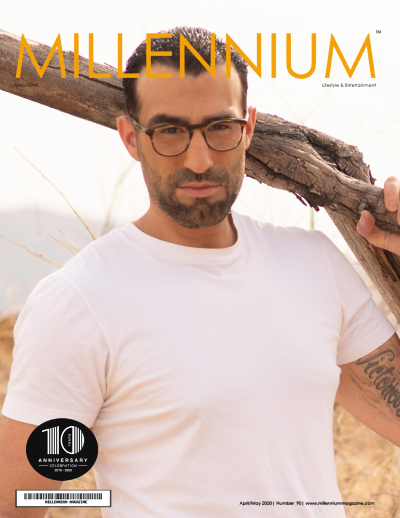
Story by EDGE Vaping
While now an everyday phenomenon that many might assume was only invented in recent years, vaping has actually come a long way to get here since it began. It has a rich and eventful history spanning almost a century, having travelled a road that has presented more than its fair share of challenges and hurdles to overcome as global attitudes towards vaping have evolved,research has persisted and facts have begun to trump myth.
Join us as we explore vaping’s fascinating and eventful history, from an obscure patent filed in the late 1920s, to the Chinese “Father of Vaping” credited for inventing the first modern e-cigarette, all the way up to modern brands like EDGE Vaping.
Pre-1930
Contrary to what many people believe, vaping is not actually all that new; in reality it was first conceptualised as early as 1927, when a patent was officially filed by Joseph Robinson for one of the first vape-style devices ever conceived. It is common knowledge today that smoking cigarettes is associated with a wide range of negative health impacts. Most people believe that these dangers were only made publicly apparent with the development of more advanced technology and healthcare practices and were not well known to people who took up smoking in the early 20th century.
We are all likely aware of the stereotypical 1940’s/50’s era concept of cigarettes even being marketed to children as a beneficial product. While it’s easy to assume on this basis that society was entirely unaware of the dangers of smoking until later in history, it is not the case.
As early as 1798, contemporary healthcare professionals in the Americas were raising the issues around smoking and health. Dr Benjamin Rush, as an example, compiled essays on the collected experiences of a number of different users of tobacco, be it chewed, snuffed or smoked in a pipe or cigar. In these essays, he attempted to rationalise the symptoms the patients were experiencing by highlighting the link to their individual examples of tobacco use.

“In considering the pernicious effects of Tobacco, I shall begin agreeably to the order I have laid down, by taking notice of its influence upon health; and here I shall mention its effects not only upon the body, but upon the mind.
1. It impairs the appetite. Where it does not produce this effect,
2. It prevents the early and complete digestion of the food, and thereby induces distressing, and incurable diseases not only of the stomach, but of the whole body. This effect of Tobacco is the result of the waste of the saliva in chewing, and smoking; or of the Tobacco insinuating itself into the stomach, when used in chewing, or snuffing. I once lost a young man of 17 years of age, of a pulmonary consumption, whose disorder was brought on by the intemperate use of cigars.
3. It produces many of those diseases which are supposed to be seated in the nerves. The late Sir John Pringle [1707-1782] was subject in the evening of his life to tremors [ataxia] in his hands. In his last visit to France [1770s], a few years before he died [1782], in company with Dr. [Benjamin] Franklin [1706-1790], he was requested by the Doctor to observe, that the same disorder was very common among those people of fashion who were great snuffers. Sir John was led by this remark to suspect that his tremors were occasioned by snuff which he took in large quantities. He immediately left off taking it, and soon afterwards recovered the perfect use of his hands. I have seen head-ache, vertigo, and epilepsy produced by the use of tobacco. A Physician in Connecticut has remarked that it has in several instances produced palsy and apoplexy; and Dr. Tissot ascribes sudden death in one instance, to the excessive use of it in smoking.
4. A citizen of Philadelphia lost all his teeth by drawing the hot smoke of Tobacco into his mouth by means of a short pipe, and I have been informed of a cancer on the lip, which terminated fatally from the same cause, in a farmer in Northumberland county in this state. The acrid nature of the [particulate] matter which is mixed with the smoke of the Tobacco may easily be discovered by the taste or smell of a pipe stem that has been in use for two or three weeks.
5. Tobacco when used in the form of snuff seldom fails of impairing the voice by obstructing the nose. It moreover imparts to the complexion a disagreeable dusky colour.”
-Excerpt from: Essays of Dr Benjamin Rush, 1798.

Despite the severe technological and scientific restrictions of the age, and discounting the fact that, in reality, some of Rush’s observations were likely inaccurate when compared to modern rationalisations, it is still astounding to note that the same health issues related to smoking were being raised in 1798 as they are now in 2022.
From cancer to skin ageing and even a “pack-a-day-voice”, there were clearly people who recognised the value of an alternative method of nicotine consumption that might bypass these terrible side-effects; it would only be a matter of time before new technology and ways of thinking gave rise to the first e-cigarette concept.
The concept patent was filed in 1927 and granted in 1930 to inventor Joseph Robinson, who intended this new device to be used for the inhalation of vapours and medical compounds without the risk of being burned
(see image: https://patents.google.com/patent/US1775947).
Despite Robinson’s innovative thinking for his time, and the dramatic pace at which vaping would later rise to popularity, society was not yet broadly aware enough of the dangers of traditional smoking and the potential benefits of exploring new options for the idea to take off. As a result, Robinson’s concept never became a commercialised reality, and the patent expired, passing into relative obscurity by 1947.
1960s
Despite the health concerns highlighted by doctors over 100 years earlier, only by the mid-point of the 20th century were people beginning to change their attitudes towards smoking. A record 523 billion cigarettes were consumed by US citizens in 1963, the same year humble scrap metal dealer Herbert A. Gilbert invented the next generation of what we would call an e-cigarette.
An aluminium cylinder he called “the smokeless” (see image https://patents.google.com/patent/US3200819A/en), was created only one year before the US surgeon general would publish a landmark “Smoking and Health” report that finally, officially linked cigarettes to lung cancer and other diseases.
The patent was filed in 1963 and approved in 1965; working prototypes were actually created, taking things one step further than Robinson’s rudimentary attempt in 1930. Gilbert’s “smokeless” was far closer to modern examples of vaping tech. It contained a liquid that was warmed by battery power, creating a vapour that could then be inhaled. Gilbert promoted the device as an alternative that could help to prevent diseases from tobacco use and even assist with weight-loss. Bringing this early example even closer to modern vaping, Gilbert developed 10 individual flavours for the liquid, including cinnamon, mint and rum.
Sadly, once again this innovation came before its time. Years later, the vaping industry would go on to become a multi-billion giant, but Gilbert never made a penny from his patent. He was unable to find any commercial investors willing to mass-manufacture the device and the patent expired in 1982. It was only later cited by Gilbert’s successors in vaping innovation as a source of inspiration. Gilbert actually lived through vaping’s subsequent rise to success but rather than bitterness at his lack of official recognition, he is recorded to instead have been pleased to have contributed anything to a cause that has allowed people to quit smoking.
“The only substantial thing I received was the satisfaction of saving millions of lives.”
- Herbert A. Gilbert, age 87, now a retired resident of Florida.
 1979
1979
The late 1970s and early 80s saw the rise and fall of one of the next most significant attempts at creating a nicotine alternative to date. While this innovation would again be short-lived, this was the pivotal point in history that saw the term “vape” enter into the language.
Inventor Phillip Ray, an early pioneer in the field of computing (fathering the microprocessor and managing the Apollo space program), was a heavy smoker. Around 35 years ago, he and his personal physician Dr Jacobson brought what would become known as the “Favor” from concept to commercialised reality, having first wondered if it was possible to simply inhale pure nicotine to satisfy cravings.
The pair undertook significant research to determine that the peripheral components of a cigarette were the cause of the majority of the health concerns associated with smoking especially due to the burning of the leaf. They found that nicotine was actually the least harmful component, aside from its highly addictive properties as an opioid. The results of their findings were published in scientific journals at the time and received recognition, leading to the development of their new alternative device.
Unlike modern e-cigarettes, the Favor consisted of a plastic tube containing paper soaked in pure liquid nicotine – upon inhaling through the device, the user would receive a dose of nicotine without heating or burning and without the presence of any ingredients beyond pure nicotine itself, with the intent of giving clean satisfaction to cravings. The Favor was even designed to look and feel like a cigarette in your hands, much like today’s cartomisers and other cigalike devices.
Forming the company Advanced Tobacco Products INC, the pair saw to the commercial production of the Favor device and everything was set for this innovation to take the world by storm. That was, until the device’s failings began to hamper progress rapidly. A primary issue with the Favor lay in the properties of pure nicotine – in its liquid form, as Ray and Jacobson were using it, nicotine evaporates quickly due to it being very volatile. When it evaporates, it converts into a new substance via a chemical reaction.
The resulting metabolite, Cotinine, is very bitter in taste. This led the Favor to have a dramatically reduced shelf-life and reduced its commercial viability. The final death knell came in the form of an outright ban by the US FDA, which considered the device to be a drug due to its pure nicotine content.
Owing to the public interest in the development of the Favor, the creators inadvertently caused the term “vaping” to enter into the English language. Having coined it during development to describe the act of using the Favor, the creators used this term in numerous public settings from TV interviews to newspapers, cementing its place in the lexicon even despite the ultimate failure of their venture.

2003
In 2002, Beijing pharmacist and 3-pack-per-day smoker Hon Lik had a lapse in judgement that catalysed the invention of the e-cigarette as we know it today. Hon had been experimenting with traditional nicotine replacement therapy (NRT) products for some time in an effort to curb his habit, and one night forgot to remove a nicotine patch from his stomach before going to bed. Owing to the nightmares he suffered as a result of the steady release of nicotine into his bloodstream as he slept, Hon concluded that there should be a better way of managing cravings without being subject to traditional NRT.
Having been unable to find satisfaction equivalent to the sharp nicotine highs felt when smoking a cigarette, and utilising his background in medicine, knowledge of mechanics and a passion for electronics, Hon began to conceptualise an alternative product that delivered nicotine in the same way as a cigarette without the unintended health concerns.
Having been diagnosed with lung cancer directly caused by smoking, Hon Lik’s father sadly died in 2004, further galvanising his resolve to develop a successful alternative. Citing inspiration from Gilbert’s earlier attempt in the 1960’s, Hon utilised the resources at his business “Golden Dragon Holdings” to develop the device. The company changed its name to “Ruyan”, which translates to “like smoke”, and was ultimately bought-out by the world’s fourth largest tobacco giant, Imperial Tobacco.
The technology Lik developed forms the basis for every modern e-cigarette available today, and he has achieved international acclaim as the “Father of Vaping” for his achievements. Hon is a regular attendee of key vaping events and conferences globally, garnering significant influence at the industry’s upper levels and becoming one of the most recognised faces in vaping history.

























